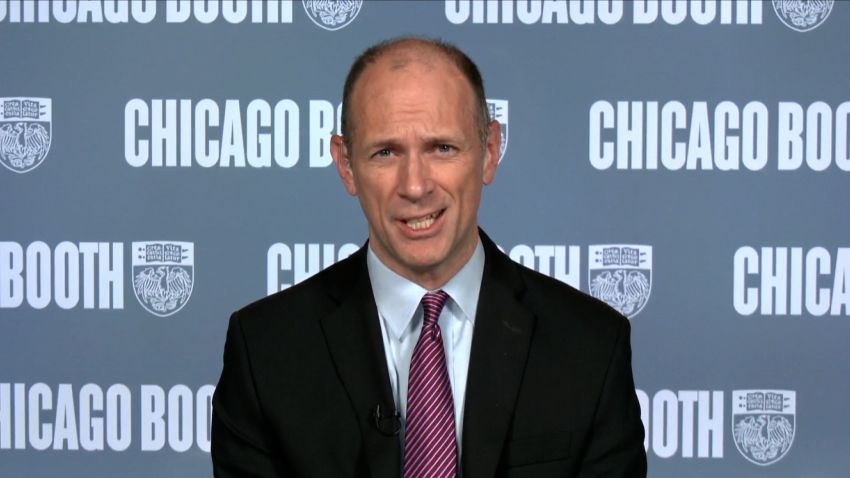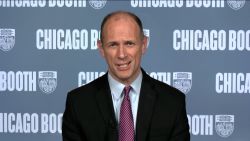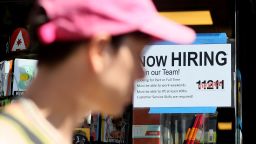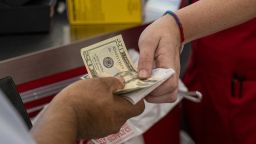The US economy shrank in the first half of the year, consumer sentiment plunged amid high inflation and unrest overseas, and some of the biggest names in business have cut thousands of jobs — but America’s labor market hasn’t skipped a beat.
US employers announced just 20,485 layoffs in August, the lowest year-to-date total since 1993, according to data released Thursday from outplacement firm Challenger, Gray & Christmas.
A separate report from the Labor Department revealed that initial jobless claims for the week ended August 27 fell to 232,000, a drop of 5,000 from the previous week’s level, which was revised downward by 6,000 claims. Initial claims are now at their lowest level in two months.
Recent employment data, including the July jobs report and labor turnover survey have also defied analysts’ and economists’ expectations that the labor market would cool down after it neared its recovery from the pandemic and as the Federal Reserve took extreme measures to tame inflation and squelch demand.
In July, employment growth was expected to slow to around 250,000 jobs, with the number of open positions falling to 10.5 million. Instead, 528,000 jobs were added and available jobs surged to 11.2 million.
“The labor market isn’t just running hot, it’s like a burning inferno,” said Megan Greene, global chief economist for the Kroll Institute and a senior fellow at Brown University.
The hot job market complicates matters even further for the Federal Reserve, which views the current ratio of two job openings for every job seeker as a potential driver of higher wages that, in turn, can lead to higher prices and keep inflation elevated. Friday’s federal jobs report will be closely watched for signs that employment growth is slowing.
Economists estimate that about 300,000 jobs will be added in August, a considerable drop from July and the lowest monthly gain since April 2021. The August jobs report is due out Friday morning.
Layoffs looming
Layoff announcements have dominated business headlines recently – and while that could be an indication of fissures within the broader market, it is also representative of company- or industry-centric developments, said Ron Hetrick, senior labor economist for labor market analytics firm Lightcast.
The bulk of those announcements have come from technology and tech-adjacent companies that scaled up their workforces to handle the sudden demand for their services during the pandemic.
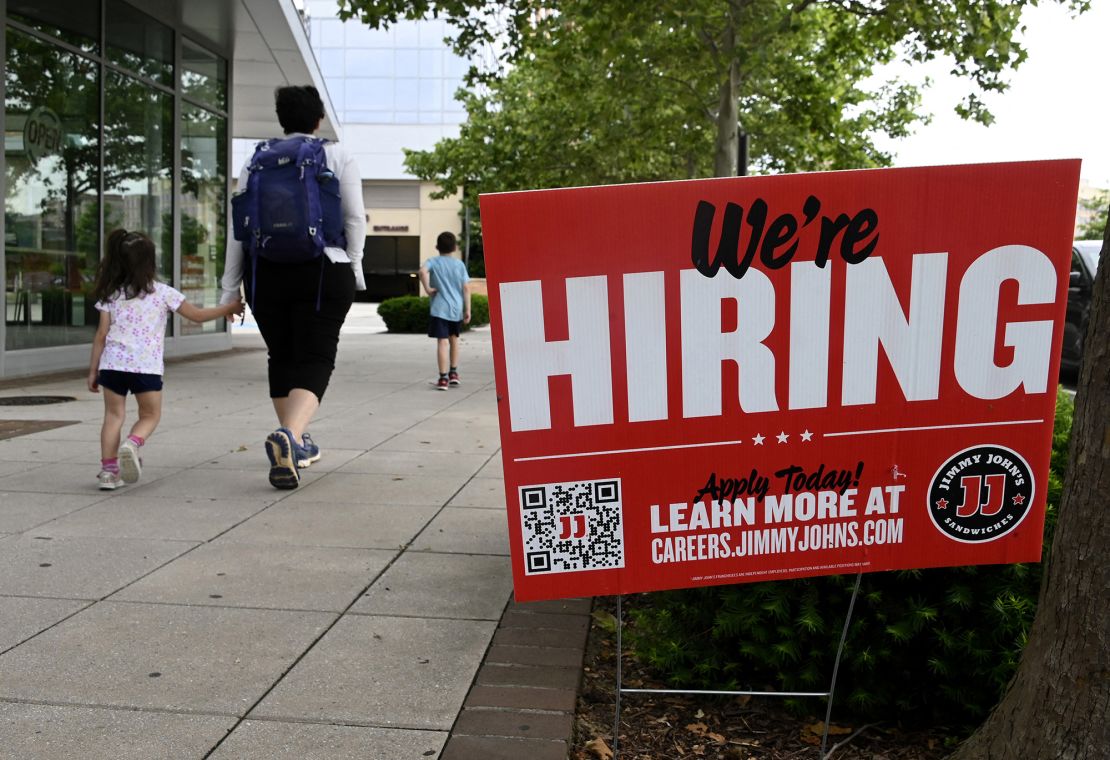
“Things are cooling off again, and so those industries are going to have to [scale back] on the hiring that they did,” he said.
As the pandemic eases, other industries are seeing more demand. People have returned to vacationing, eating at restaurants and spending in other service areas that they couldn’t access as easily during much of 2020 and 2021. That shift has led to weakness for some businesses, said Gus Faucher, senior vice president and chief economist with The PNC Financial Services Group. “That being said, demand is still strong in the economy; many businesses are still short-staffed. So for workers who are laid off, it’s fairly easy for them to find new jobs.”
Less than one in three unemployed workers has been jobless for 15 weeks or more, data from the BLS shows, a level not seen since before the Great Recession, other than a brief blip in mid-2020 when the labor market began to surge after the pandemic lockdowns eased.
But firms still need workers
In some areas of the country, labor shortages are weighing heavily on businesses. The Federal Reserve Bank of Minneapolis found, after surveying 444 members across its six-state district, that most respondents said they planned to continue hiring over the next six months, 10% said they were cutting jobs, and those that were holding steady conveyed anxiousness about being able to keep the workers they had.
Businesses in states such as Maryland, Virginia and North Carolina are also keeping a closer eye on their staffing levels, according to the Richmond Federal Reserve — but few are making cuts, said R. Andrew Bauer, a vice president and regional executive, during a recent podcast.
“What they’re more likely to do is, should a position come open, they’re going to be slower to fill that position in anticipation for what may come,” he said.
There are some systemic challenges to closing the labor shortage gap. The size of the labor force is slightly below its pre-pandemic level, and the labor force participation rate has been on a decline since the early 2000s, when it was around 67%, and dropping to just above 62% in July. Economists had expected that percentage to grow as the economy added back jobs; however, it has actually fallen this year.
“Those 4 or 5 percentage points represent a couple million people that we would really be needing,” said Hetrick.
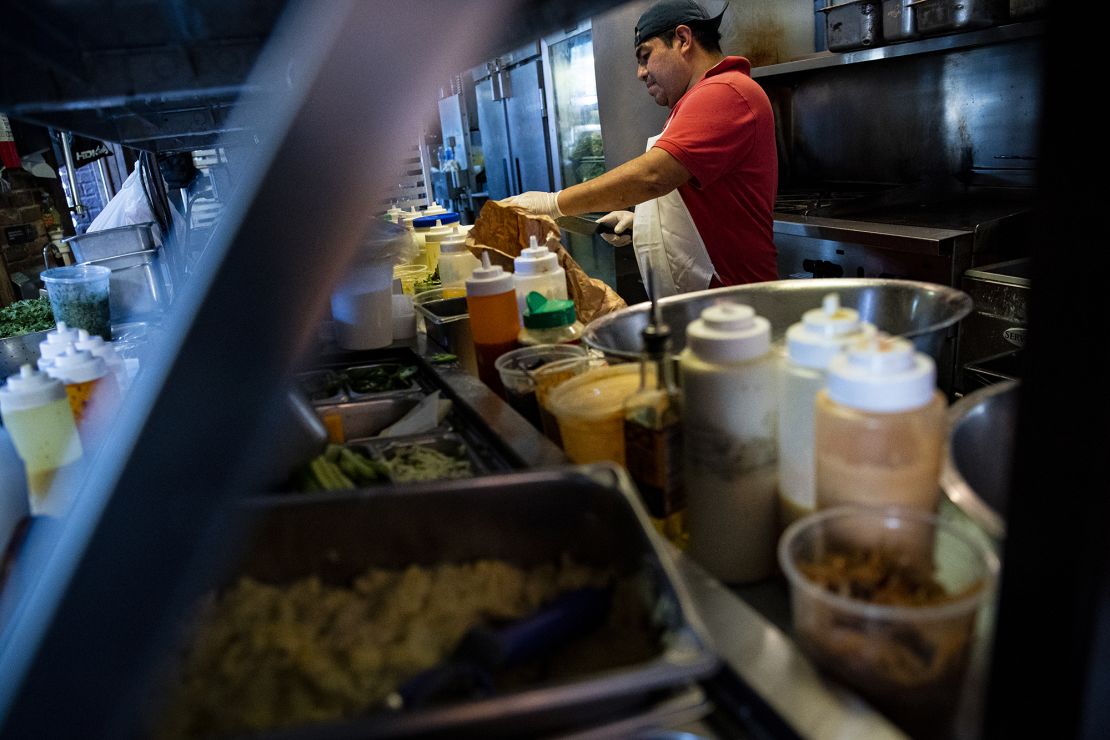
Economists continue to chew on who these missing workers are and what is keeping them out of the workplace, including lack of child care, health-related concerns, potentially restrictive immigration policies, and early retirements that fast-forwarded a demographic movement that has been decades in the making.
There are also plenty of unknowns, including the influence of discouraged or marginally attached workers or those who are suffering lingering or chronic effects from Covid-19. A recent study from the Brookings Institution estimated that “Long Covid” is keeping up to 4 million people out of the workforce.
Despite broader economic uncertainty, the scales remain heavily tipped toward the worker, said Bonnie Dowling, an associate partner at business consultancy firm McKinsey.
“If you’re in a market where it’s two jobs for every one person looking, I think it’s hard to say that is anything but a seller’s market,” she said.
Dowling was a co-author on a recent McKinsey report that sought to address the stark shortage in workers and what may be keeping younger employees on the sideline.
Aspects such as workplace flexibility, meaningful work and compensation were cited as some of the key wants, according to the report.
“I don’t think that many of them will come back into the labor market without the promise of those needs being met,” she said. “And if they come in with that promise, and they aren’t met, they’ve made it clear they’re willing to leave again.”
“We have to fundamentally rethink how we’re working,” she added.
